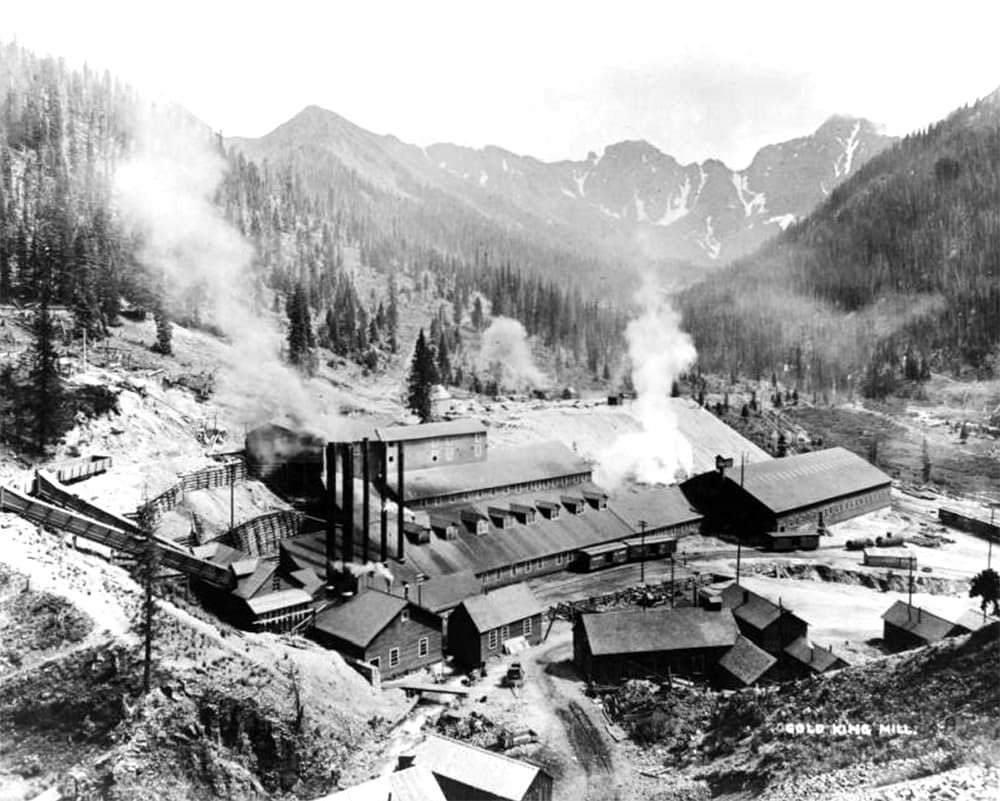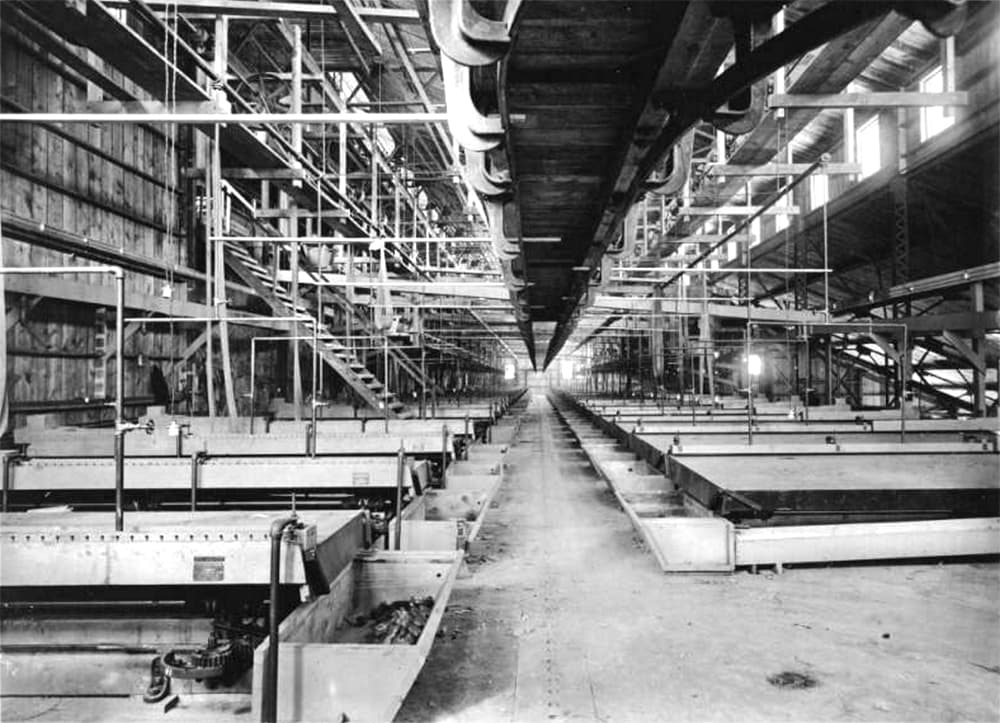
Tomorrow marks one year since murky yellow wastewater from the Gold King Mine blew out into the Animas River.
The spill was the result of the EPA's attempt to clean up the site, which had become a bulging underground reservoir of heavy metals-laced water. Those volatile conditions were the result of close to 100 years of mining history.

Treasure at the site of the Gold King Mine was discovered in 1887 by Olaf Nelson, the “Mighty Swede,” who staked the claim – and then died before developing the site.
The San Juan County site eventually became the property of the Gold King Company, which built a mill nearby and dug the shaft that would become the source of the breach more than a century later. The mine yielded more than 700,000 tons of gold and silver, according to the EPA.
But the Gold King only operated until 1922, and was destined to become one of the 23,000 abandoned mines peppering the Colorado landscape.

The last major mining operation in Silverton, the Sunnyside Mine, closed in 1991.
Like other dormant digs, water from beneath the site flowed through the unearthed heavy metals and out into nearby streams. To avoid the looming prospect of a Superfund designation in the area, the Sunnyside Gold Corporation agreed to block flow of contaminated water from the mine entrance with a massive concrete plug, otherwise known as a bulkhead.
The company also agreed to build a treatment plant and install two other bulkheads to tidy up other abandoned sites in the area, including the Gold King.

Unfortunately the treatment plant failed, and the plan to keep contamination from running out into the watershed only made things worse. The plugged ore shafts prevented leakage in the short term but became the source of massive pressure as water from the many linked, blocked mines combined beneath the mountain. The individual units of Colorado’s early prosperity had compounded to become a real problem that would be revealed by an EPA work crew.
Here’s Samantha Wright for the San Juan Independent with the specifics of this loaded history:
"The bulkheads were intended to prevent water from draining out of the mine portal. The first one worked well, but when the other two were added downstream in the American Tunnel six years later to contain acidic flows from a fractured zone, the bulkheads collectively ended up functioning more as a bathtub plug, says ARSG co-coordinator Peter Butler.
They caused the groundwater table to rise again, making its way back up through old mine workings, faults and cracks inside the mountain, dramatically increasing acid mine drainage from the historic and abandoned Red and Bonita, Mogul, and Gold King mines.
Collectively, these leaky adits have created one of the largest untreated mine drainages in Colorado – a festering, acidic sore oozing heavy metals in solution, including zinc, cadmium, copper, manganese, iron, aluminum and a little lead."












